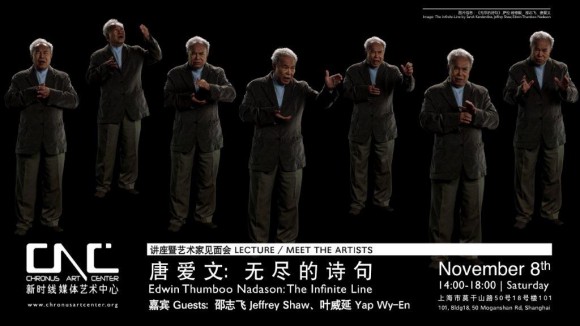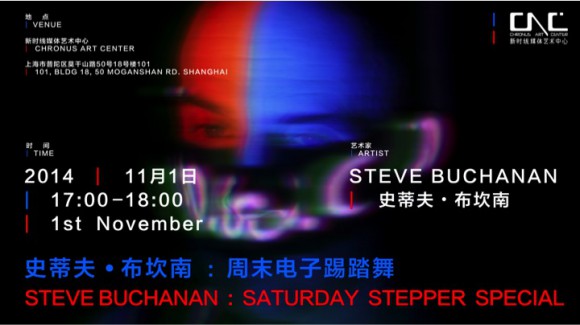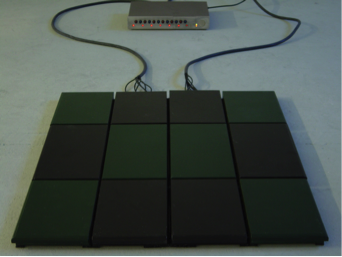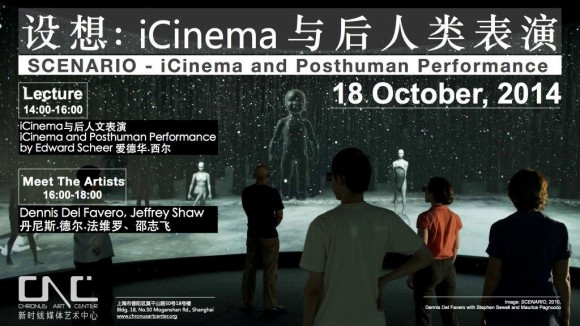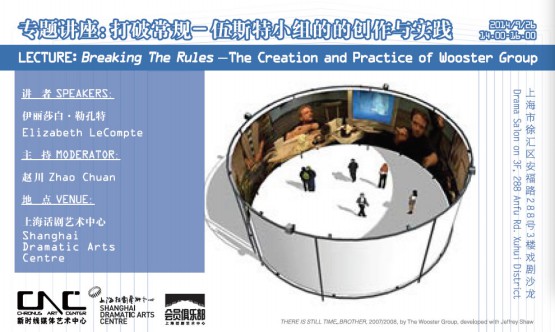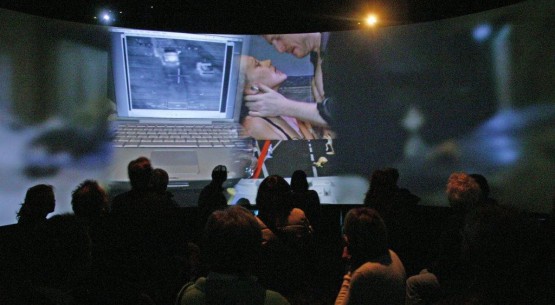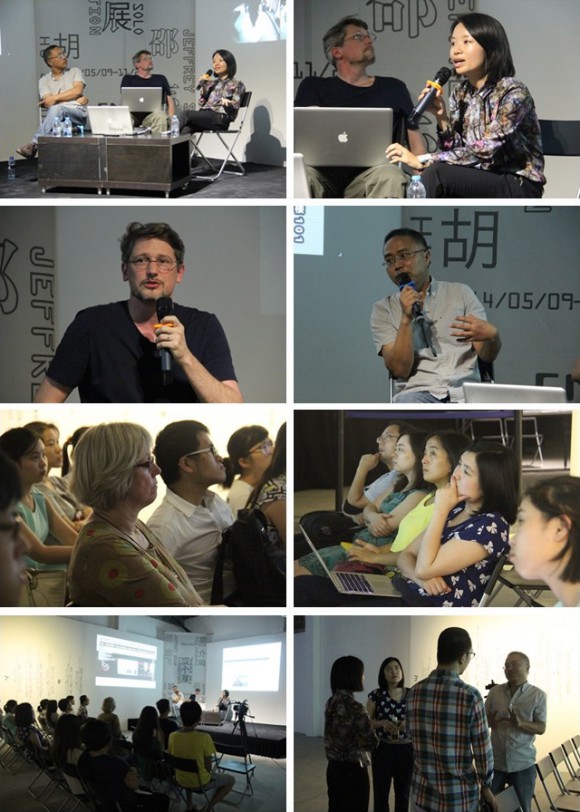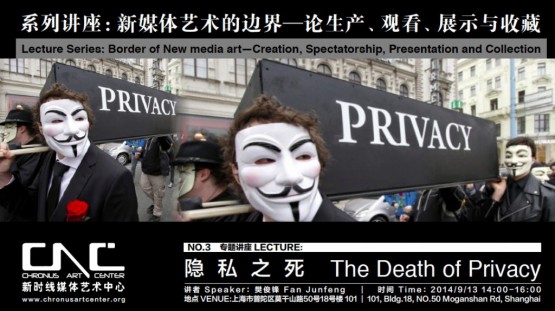Guest: Edwin Thumboo Nadason, Jeffrey Shaw, Yap Wy-En
Date: 2014-11-08 14:00 ~ 2014-11-08 16:00
Address: Chronus Art Center (Room101, Bldg18, NO.50 Moganshan Rd, Shanghai)
Reservations viamembership@chronusartcenter.org (please supply your full name, contact information, and the number of people attending)
About the Lecture:
The co-creation work The Infinite Line co-created by Jeffery Shaw and Sarah Kenderdine, together with Singaporean famous poet Edwin Thumboo, will be put on display this weekend at Chronus Art Center. We feel much honored to take this opportunity to invite Prof. Edwin Thumboo to Shanghai, who will be giving us a lecture and holding a discussion with the other two guests in our center.
Prof. Thumboo enjoys “Notional Poet” reputation. This lecture will start based on his works. Through a few of his most representative poems, he will talk about how his poetic creation is connected with the fate of his motherland Singapore, including the colonial history of the nation. Mr. Yap Wy-En, another Singaporean poet and investment professional who was invited by Prof. Thumboo will make a response through his own poems.
At another part of the lecture, Professor Thumboo and Prof. Jeffrey Show will talk about the creation process of this interactive work The Infinite Line, and their thoughts during the process. Particularly on how to take advantage of today's digital technology to re-present the poem, an ancient form of art.
About Lecturer:Edwin Thumboo Nadason (b. 22 November 1933, Singapore - ), Emeritus Professor at National University of Singapore's Faculty of Arts and Social Sciences, is widely regarded as the unofficial poet laureate of Singapore. He is best known for writing on national issues. His poem, Ulysses by the Merlion, is a major work in Singapore literature. He was the first Singaporean to be conferred the SEA Write Award and the Cultural Medallion for Literature in 1979 and 1980 respectively. His other awards include the National Book Development Council prizes for poetry (1978, 1980, 1994), the ASEAN Cultural and Communication Award in Literature (1987), the Public Service Star (Bar) in 1991, and the Meritorious Service Medal in 2006.
About Guest Speakers:
Jeffrey Shaw (b. 1944) has been a leading figure in new media art since the 1960's. In a prolific body of internationally exhibited and acclaimed works, he has pioneered and set benchmarks for the creative use of digital media in the fields of expanded cinema, virtual and augmented reality, immersive visualization and interactive narrative. Shaw was co-founder of the Eventstructure Research Group in Amsterdam (1969-1979), and founding director of the ZKM Institute for Visual Media Karlsruhe (1991-2002). In 2003 he co-founded and directed the UNSW iCinema Centre for Interactive Cinema Research in Sydney, and in 2009 Shaw was appointed Chair Professor of Media Art and Dean of the School of Creative Media at City University in Hong Kong, where he is also Director of the ACIM and ALiVE research centres. In 2014 Shaw was appointed Visiting Professor at the Institute of Global Health Innovation, Imperial College London.
Yap Wy-En is an investment professional at APS Asset Management, and covers Chinese financial sector equities out of Shanghai, China. A CFA charterholder, Wy-En graduated with a BA in Economics and Politics from New York University in 2004, and a MBA from Tsinghua University in 2012. In his spare time, Wy-En likes to read and write, and is a published poet.
VEDIO:

